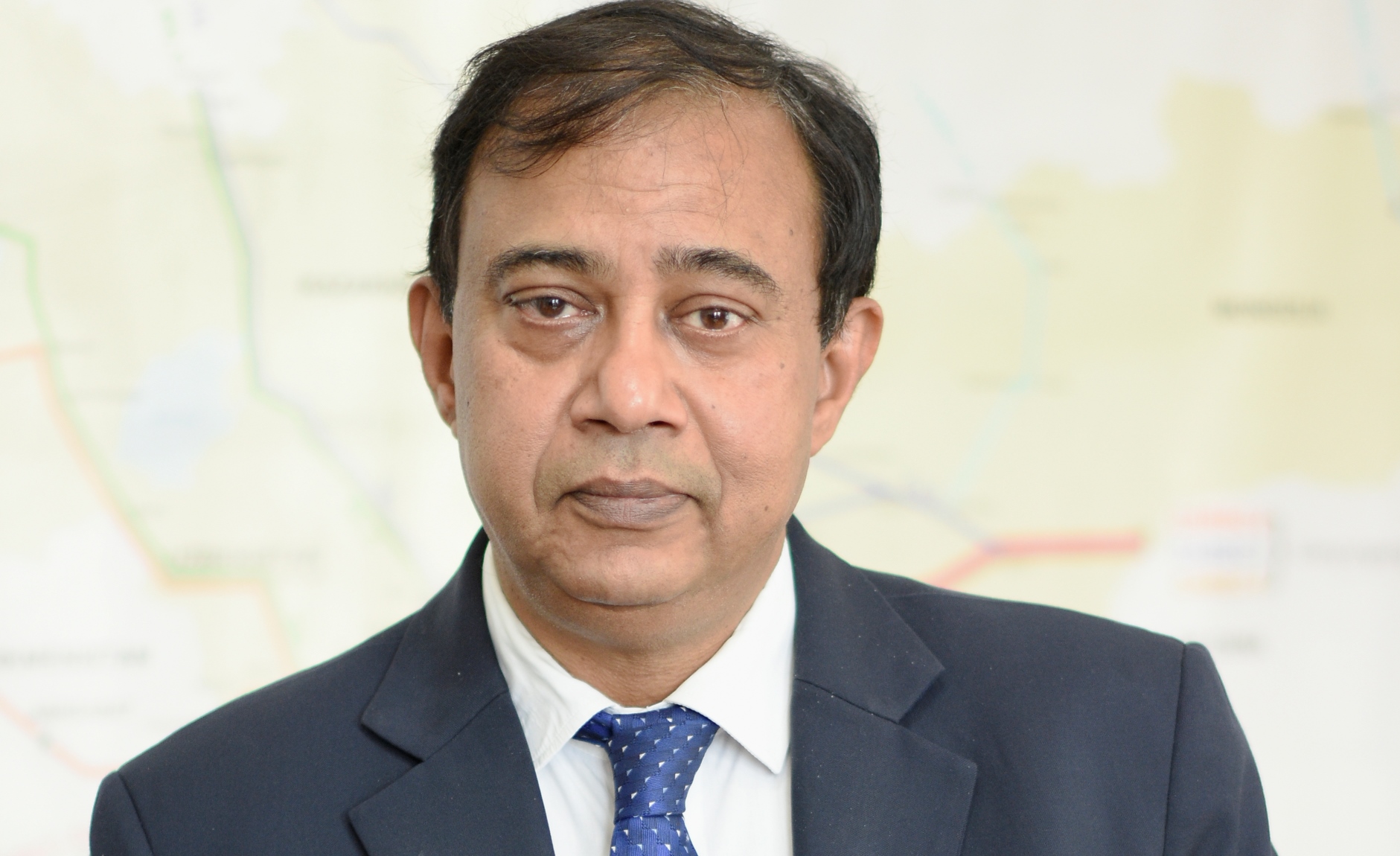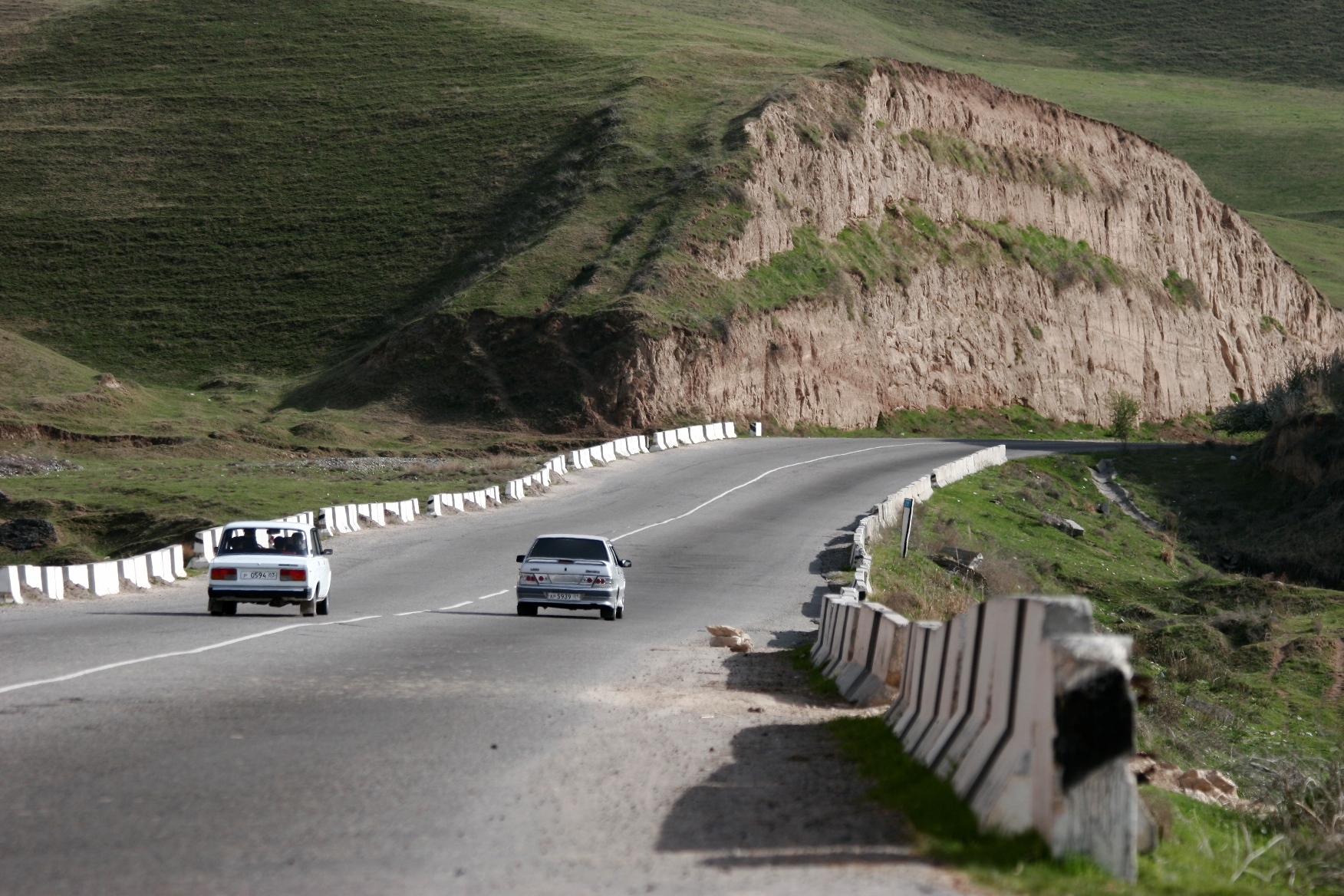In his interview with Asia-Plus, ADB Country Director for Tajikistan Pradeep Srivastava talked about the relationship between Tajikistan and the Asian Development Bank (ADB) over 20 years of cooperation, what our country will look like by 2030, and what projects ADB is going to implement in the future.
- Mr. Pradeep Srivastava, please tell us briefly about the Asian Development Bank?
- ADB is an international development finance institution. It was founded in 1966. ADB’s goal is to reduce poverty and promote sustainable economic growth in Asia and the Pacific. ADB provides loans, grants, equity investments, and guarantees to our developing member countries, primarily to governments but increasingly also to private sector. We supplement our financial support with technical assistance for knowledge and policy advice.
Over more than 50 years, ADB has grown from a development bank with capital of $1.1 billion supported by 31 member countries into an institution now with capital of $151 billion and owned by 68 countries, 49 of them in Asia and the Pacific. ADB headquarters is in Manila, Philippines.
- How would you describe the relationship between Tajikistan and ADB?
- Tajikistan joined ADB in 1998. Our resident mission in Dushanbe opened in 2003. During 20 years of our partnership, ADB has used its financial resources and technical expertise to help improve the welfare of the Tajik people through restoring and building the country’s transport and energy infrastructure, supporting social development, gender equality, expanding agricultural production, and improving regional cooperation and trade. We have built up a close development partnership with the country. ADB has always tried to be a listening, understanding, and responsive partner that supports government-led initiatives and programs. Tajikistan has one of the best performing portfolios across ADB.
- What are ADB priorities for providing financial support? How many and what projects are currently being implemented in Tajikistan with ADB's financial support?
- ADB is proud to be the largest multilateral development partner in Tajikistan with a total approved portfolio of around $1.6 billion. Over 70% of this assistance is provided in the form of grants (i.e. funds that do not need to be repaid to ADB).
The strategic focus of ADB has gradually evolved in response to the varying needs of the country. During 1998 - 2003, ADB concentrated on post-conflict reconstruction, rehabilitation from natural disasters and support transition to a market economy. Then, ADB widened its focus to rural development, rehabilitation of transport, energy and irrigation infrastructure, and regional cooperation. ADB’s current operations in Tajikistan focus on improved transport, energy and urban infrastructure, promoting investment climate reforms, and strengthening food security.
As of May 2018, we have 11 ongoing projects for a total of $643 million. The projects are in the energy, transport, education, agriculture, and finance sectors.
- What do you think of the medium-term prospects for ADB's cooperation with Tajikistan?
- ADB values deep and strong ties with the country and will continue to support the country’s development priorities, as outlined in the ADB’s country partnership strategy for Tajikistan, 2016-2020 and the government national development programs. ADB plans to continue supporting the country in improving key road corridors along with strengthening road maintenance and road safety; further developing the energy sector; strengthening disaster risk management capacity. In addition, ADB plans to support projects to help develop urban infrastructure; reform the investment climate; and improve quality of health services.
- How does the Bank assess the dynamics of economic growth in Tajikistan in recent years, and what macroeconomic indicators can we expect in the coming years?
- Tajikistan economy has been growing steadily in recent years at an annual average of 7%, which is a very good achievement. To maintain robust and sustainable growth rates, Tajikistan needs to diversify its economy, increase private investments, and absorb surplus labor. Tajikistan has a young population and the percentage of working-age people is projected to continue rising to 2030. In many countries, this has led to higher growth from a ‘demographic dividend’. For Tajikistan to benefit from such a dividend, it needs to undertake structural reforms to improve the investment climate, increase human capital and skills, and let entrepreneurship flourish to create productive jobs for the workforce. ADB projects Tajikistan's gross domestic product growth to reach 6% in 2018 and 6.5% in 2019.
- How do you see Tajikistan by 2030?
- I have been living and working in the country for over a year, and I am fascinated by the natural beauty of the country, its warm and hospitable people, rich culture and dynamic history.
Tajikistan has many unique competitive advantages, including the young population, hydropower, mining, agribusiness, ecotourism.
The country has an ambitious, yet achievable vision outlined in its National Development Strategy 2016–2030, focusing on economic diversification and competitiveness, productive employment, energy security, food security, and becoming a transit country. ADB will continue working with the government and people of Tajikistan and other development partners to assist the country in unlocking its potential and to build a prosperous and progressive Tajikistan.










